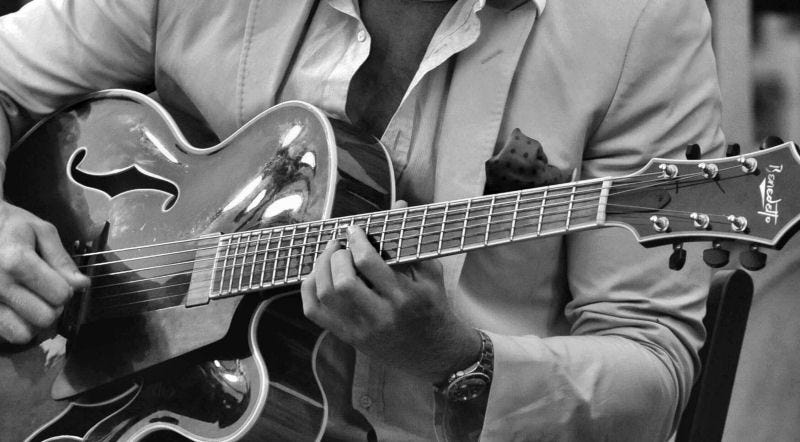I remember when I was just 13 years old, starting guitar lessons in 1976 - and in the back of my “Alfred’s Basic Guitar Method” book was an entire page filled with chords. As a beginner, I had no idea what all of these chords were used for. All I knew, were the basic beginner chords that my teacher showed me. Why does a diminished-seventh chord sound so…
Keep reading with a 7-day free trial
Subscribe to SoundHole Guitar Lessons to keep reading this post and get 7 days of free access to the full post archives.



